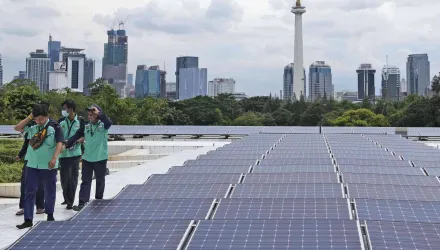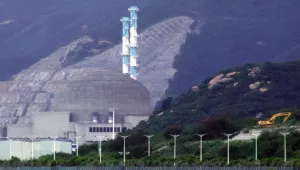Abstract
We analyze and contrast how China and India mobilized financial resources to build domestic technological innovation systems in wind energy. To that end, we identify distinct stages of technology diffusion in the two countries in the period 1986–2012, and analyze the interplay between public policies and the development of the technological innovation system across the different stages. We show that the two countries' distinct development strategies for wind energy ― China developed wind energy largely through its state-owned enterprises, while India opened up wind energy investment to the private sector in the early 1990s ― influenced system outcomes in terms of technology diffusion, domestic industry structure, competitiveness, and ownership. By unraveling the interplay between public policies, investment risks and returns, and actor characteristics, we explain the differences in system outcomes and identify important policy trade-offs between the two strategies. Our analysis provides novel insights about the process of financial resource mobilization in technological innovation systems, the dynamics of innovation-system growth, and the policy trade-offs that must be reconciled by countries that aim to promote the diffusion of a particular technology.
Continue reading: http://www.sciencedirect.com/science/article/pii/S0959378015300595
Surana, Kavita and Laura Diaz Anadon. “Public Policy and Financial Resource Mobilization for Wind Energy in Developing Countries: A Comparison of Approaches and Outcomes in China and India.” Global Environmental Change, November 2015






